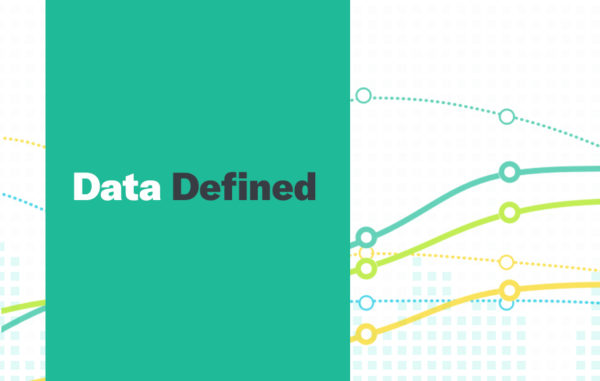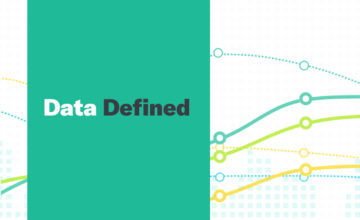Application Programming Interface Defined
Application Programming Interface or API is an interface or communication software intermediary that allows two applications to work with one another.
An API may be for a web-based system, operating system, database system, computer hardware, or software library.
An example of how API works is; when an individual uses an application on a mobile phone, the application connects to the internet and sends the data to a server. The server then retrieves the data, interprets it, performs the actions and sends it back to the individual’s phone. Once received, the application interprets the data and presents the individual with the information originally requested, in a readable way.
Examples of different APIs include:
- Posix
- Windows API
- ASPI
Benefits of API include:
- Automation: computers rather than people can manage the work.
- Application: the delivery of services and information are more flexible.
- More scope: an application layer can be created which can be used to distribute information and services to new audiences
- Efficiency: the content generated can be published automatically
- Integration: allows content to be embedded from any site or application
- Adaptation: APIs help to anticipate changes
In Data Defined, we help make the complex world of data more accessible by explaining some of the most complex aspects of the field.
Click Here for more Data Defined.


